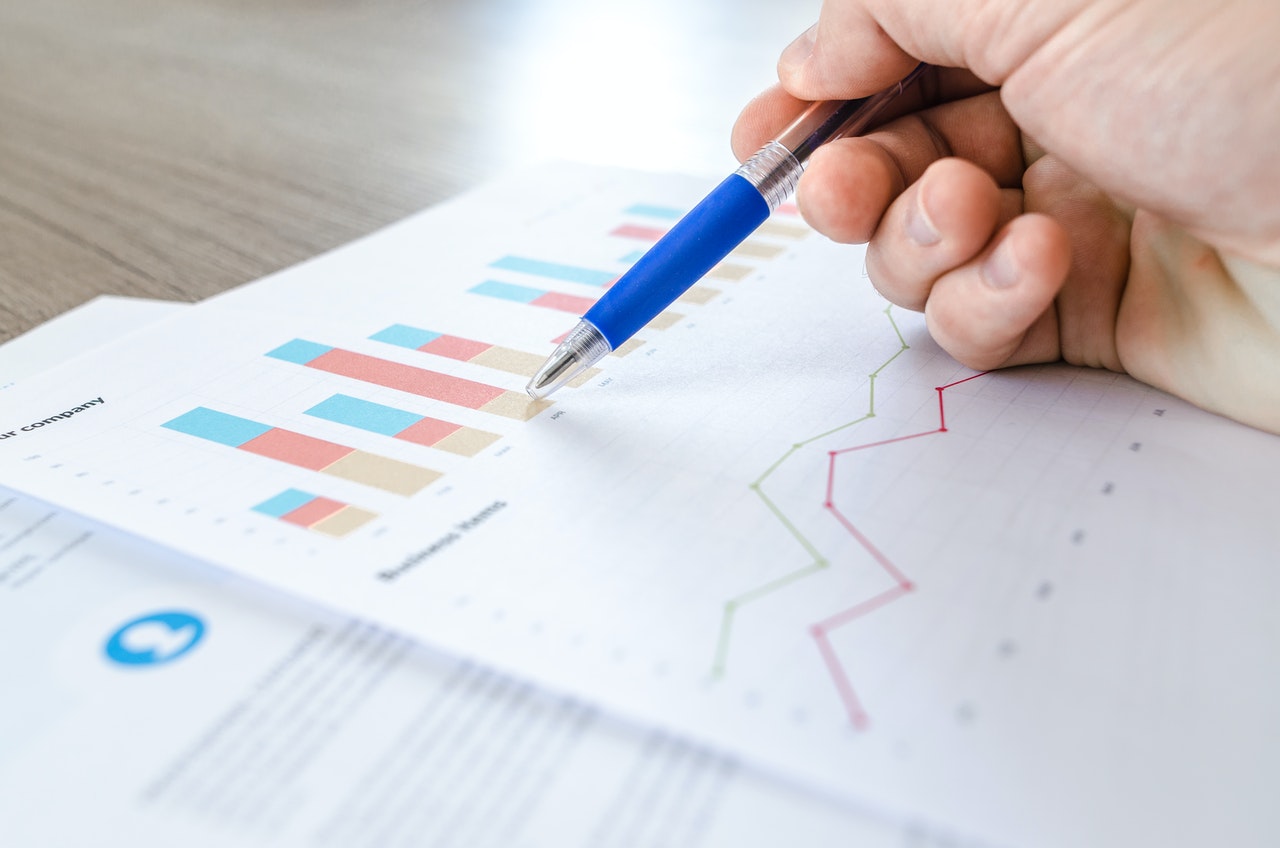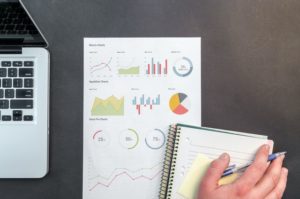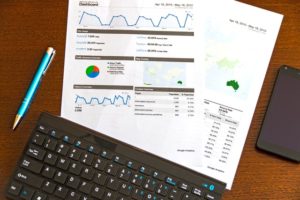Why Digital Minimalism Is the New Tech Flex
In a world where our devices buzz and beep at every turn, the concept of digital minimalism is gaining momentum. It’s not just about decluttering your physical space; it’s about simplifying your tech usage to create a more intentional life. With notifications vying for our attention and endless scrolling consuming hours, many are beginning to question their relationship with technology. This shift towards embracing less might seem counterintuitive in an age obsessed with the latest gadgets and constant connectivity. However, choosing simplicity can be a powerful statement. Digital minimalism isn’t merely a lifestyle choice; it’s becoming the new tech flex—a way to reclaim time, focus, and mental clarity amidst the chaos of modern life. Let’s dive deeper into what this trend means and how it can transform your daily experience with technology.
The Negative Effects of Constant Technology Use
 Constant technology use can take a toll on both mental and physical health. Many find themselves glued to screens for hours, leading to eye strain and disrupted sleep patterns. The blue light emitted by devices interferes with our natural circadian rhythms, making it harder to fall asleep. Social media often exacerbates feelings of anxiety and depression.
Constant technology use can take a toll on both mental and physical health. Many find themselves glued to screens for hours, leading to eye strain and disrupted sleep patterns. The blue light emitted by devices interferes with our natural circadian rhythms, making it harder to fall asleep. Social media often exacerbates feelings of anxiety and depression.
Endless scrolling can create unrealistic comparisons, leaving users feeling inadequate or isolated. This constant connectivity means we’re always “on,” which can lead to burnout. Moreover, the barrage of notifications pulls attention away from meaningful interactions in real life. Instead of enjoying conversations or experiences fully, many are distracted by their devices. The impact on focus is significant as well—multitasking across platforms reduces productivity rather than enhancing it. This incessant pinging creates a cycle where deep work becomes increasingly elusive, leaving us frustrated and unfulfilled in our pursuits.
How Digital Minimalism Can Improve Your Life
Digital minimalism can transform your life in ways you might not expect. By reducing the noise of constant notifications and endless scrolling, you free up mental space for what truly matters. Imagine feeling less stressed. You become more focused and present in your daily activities. With fewer distractions, conversations deepen, relationships strengthen, and creativity flourishes. Choosing to simplify your digital world also encourages mindfulness. You start questioning the necessity of certain apps or platforms in your life. This intentional approach helps prioritize meaningful interactions over superficial ones. Moreover, embracing digital minimalism can enhance productivity. With a clearer mind and reduced clutter on devices, tasks become more manageable. You’ll find yourself tackling projects with newfound energy instead of getting lost in a sea of tabs.

Tips for Practicing Digital Minimalism
Start by auditing your devices. Take a good look at the apps you use daily. Remove those that don’t add value to your life. Set specific times for checking emails and social media. This reduces mindless scrolling throughout the day, freeing up mental space. Consider turning off non-essential notifications. They can be distractions that pull you away from what truly matters. Create tech-free zones in your home or during certain hours of the day. Use this time for reading, exercising, or connecting with loved ones without screens.
Conclusion
Finding harmony with technology is essential in today’s fast-paced world. Digital minimalism encourages us to be intentional with our tech usage, shifting our focus from constant connectivity to meaningful engagement. Embracing this lifestyle doesn’t mean abandoning all forms of technology. Rather, it invites you to evaluate what truly serves your life and well-being. By setting boundaries and prioritizing quality interactions, you can cultivate a healthier relationship with your devices.…


 Big data analytics is the process of analyzing large amounts of data to uncover patterns and trends. The data can come from various sources, including social media, transactions, sensors, and more. Big data analytics allows organizations to make better decisions by understanding their customers, employees, and operations.
Big data analytics is the process of analyzing large amounts of data to uncover patterns and trends. The data can come from various sources, including social media, transactions, sensors, and more. Big data analytics allows organizations to make better decisions by understanding their customers, employees, and operations. As you can see, big data analytics is a complex process. But what are the benefits of using big data analytics? Big data analytics can help organizations to make better decisions. By understanding their customers, employees, and operations, organizations can optimize their performance. Big data analytics can also help organizations to save money.
As you can see, big data analytics is a complex process. But what are the benefits of using big data analytics? Big data analytics can help organizations to make better decisions. By understanding their customers, employees, and operations, organizations can optimize their performance. Big data analytics can also help organizations to save money.